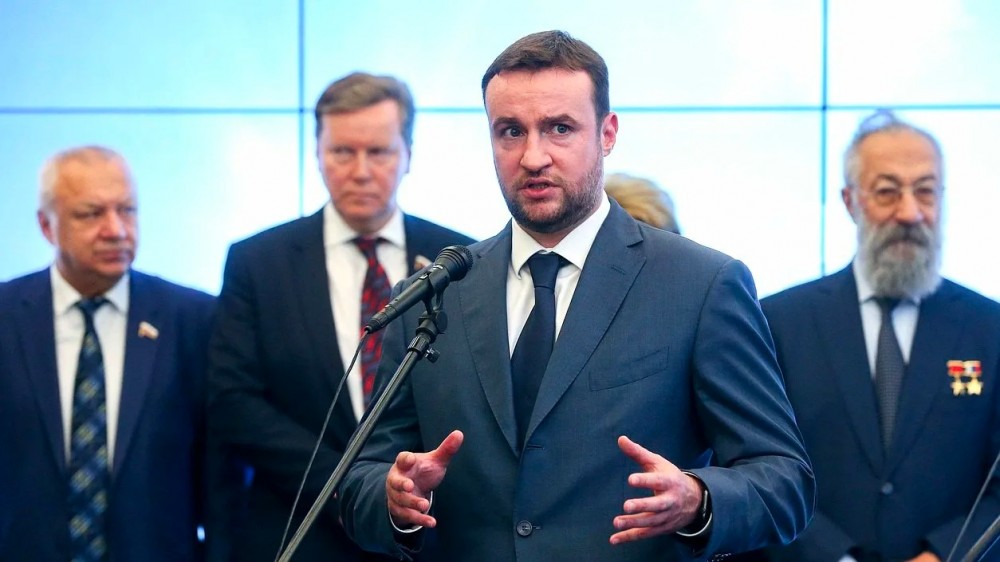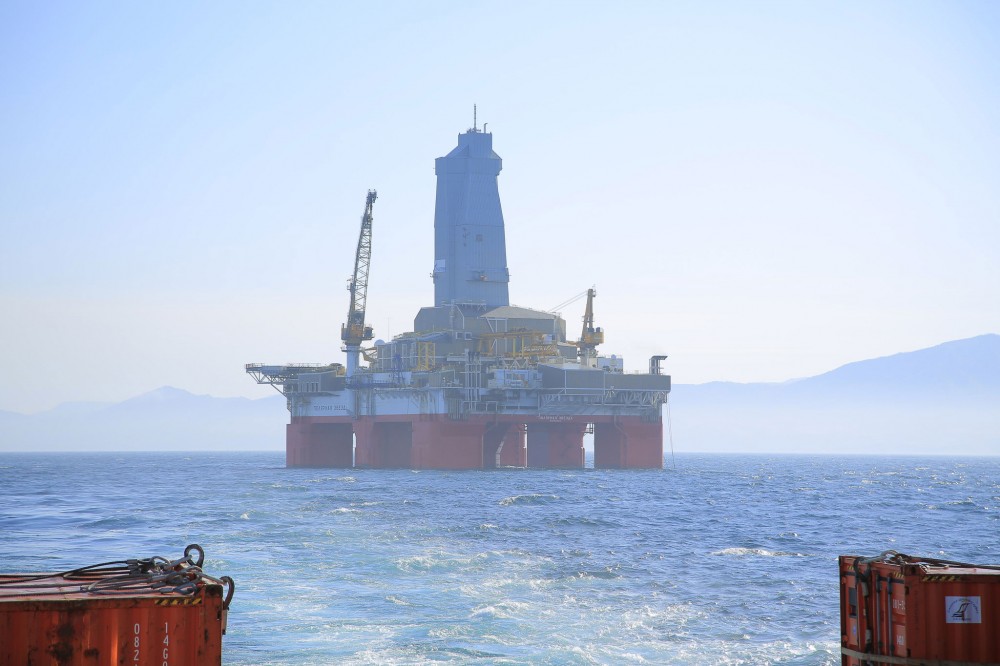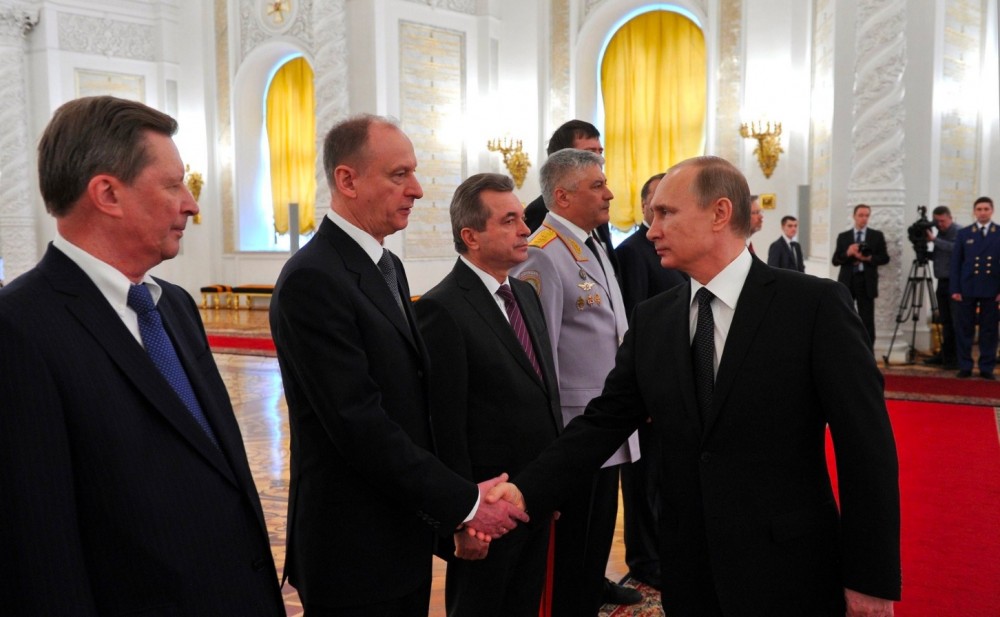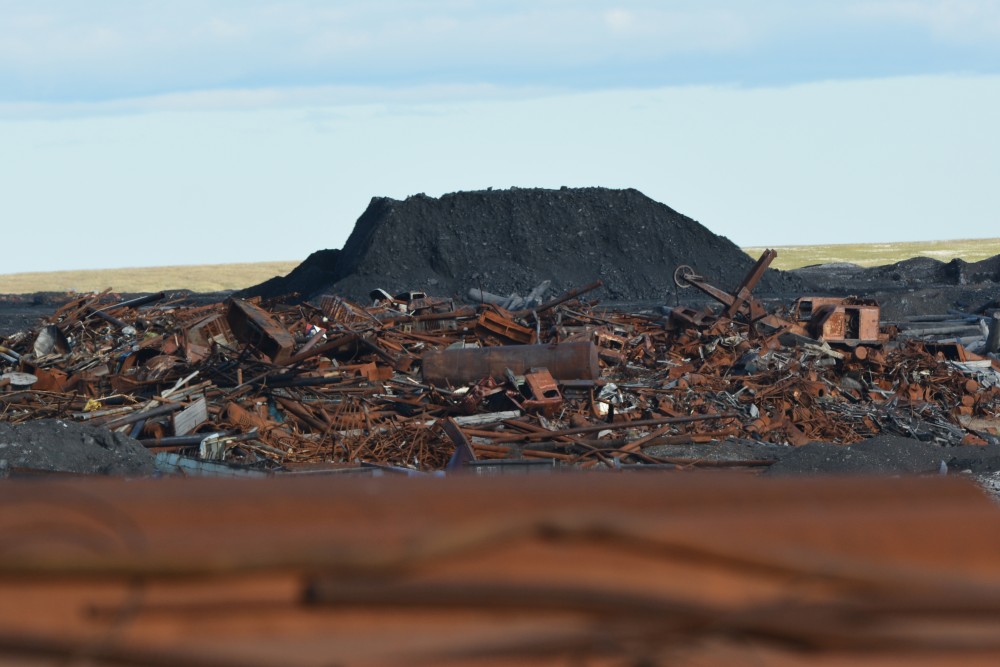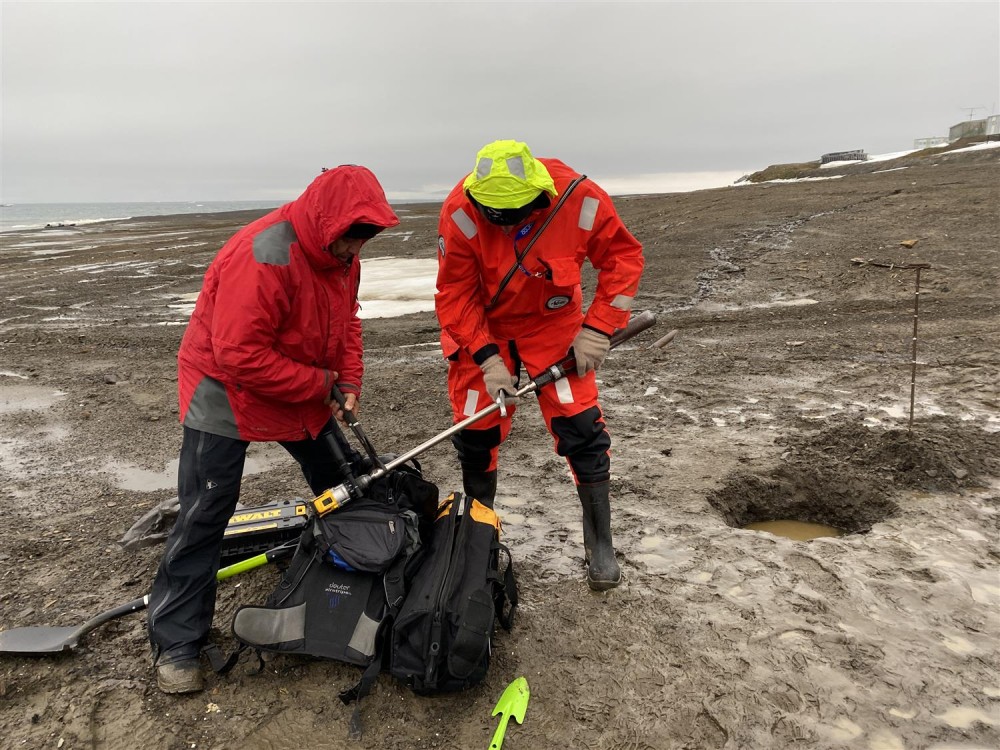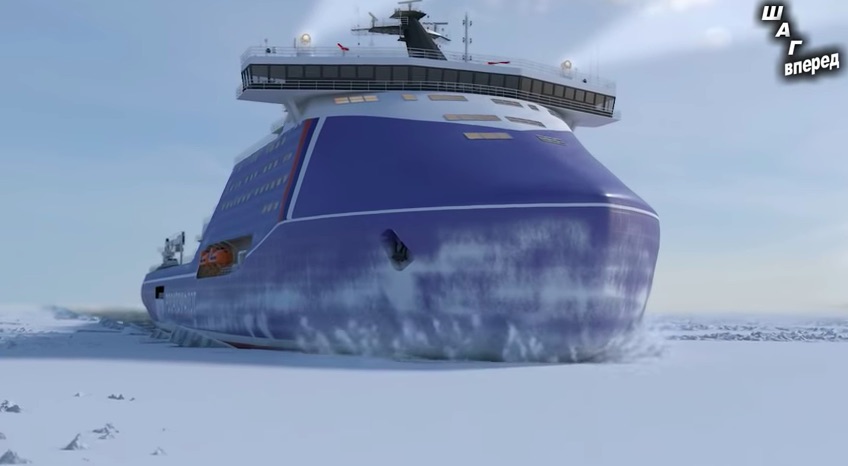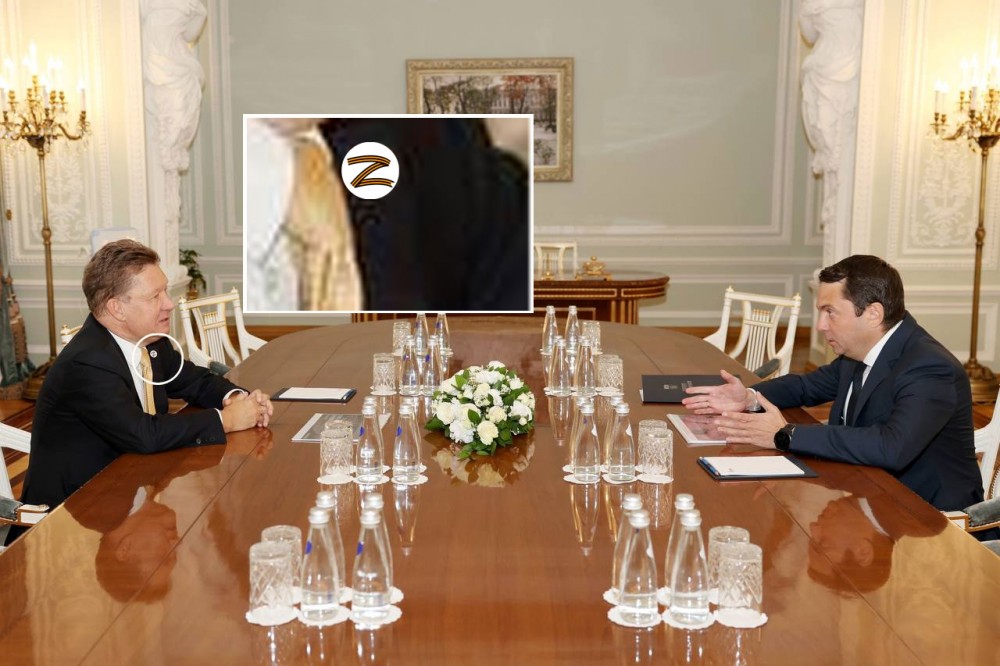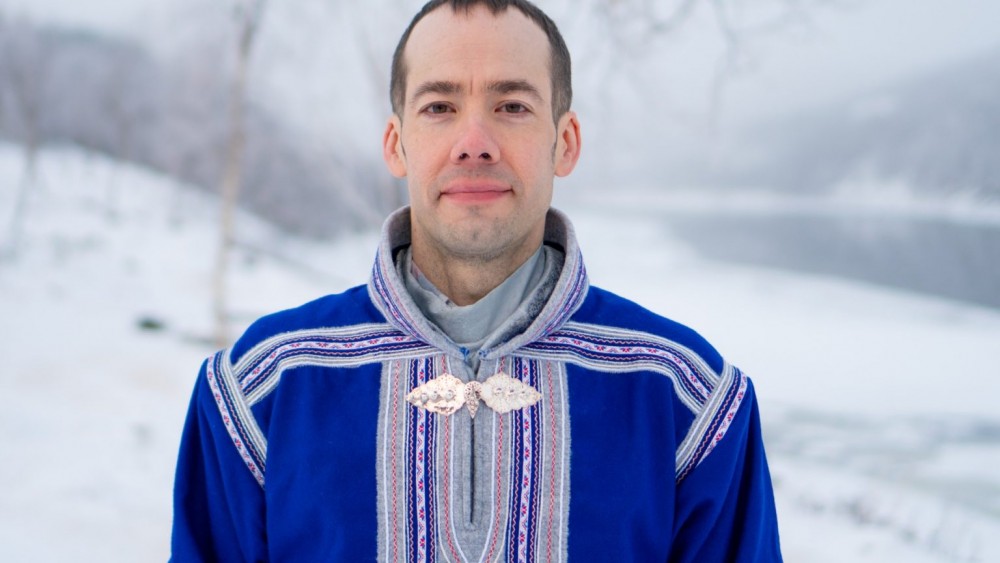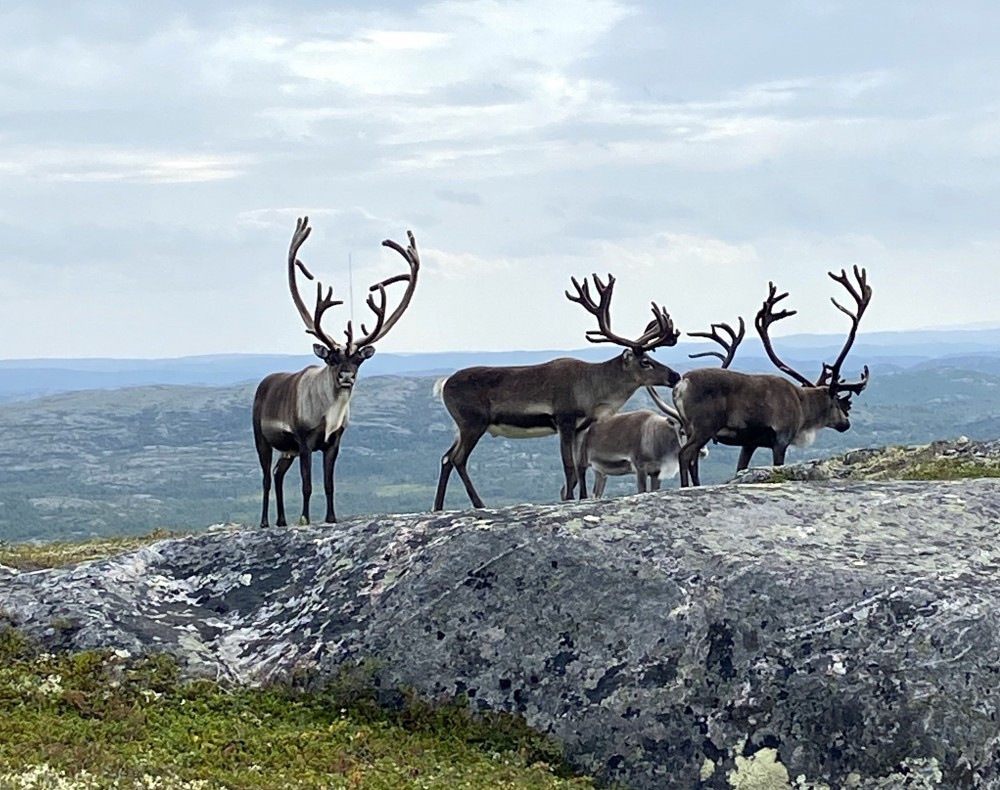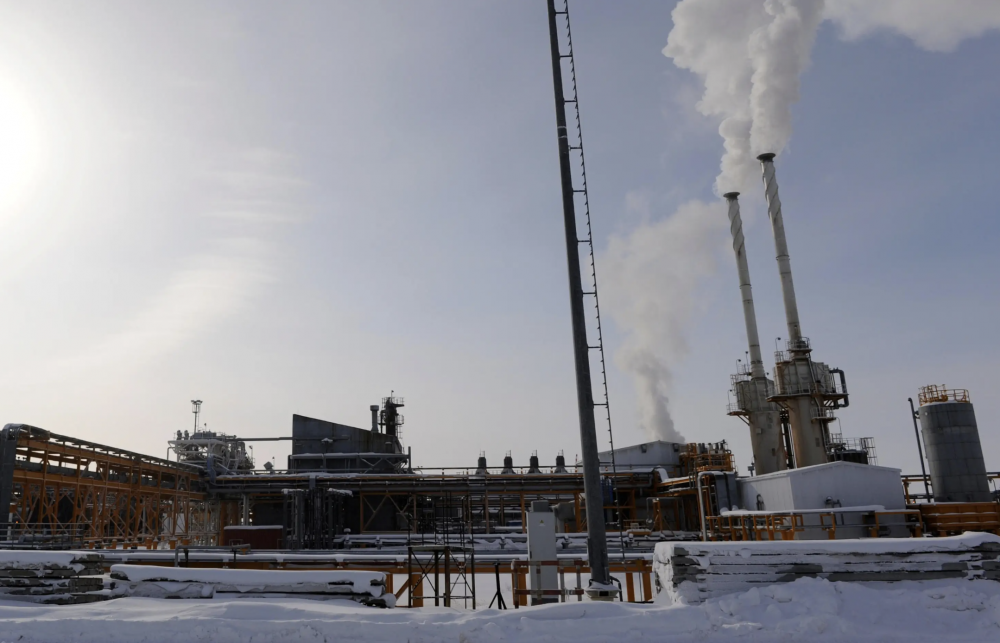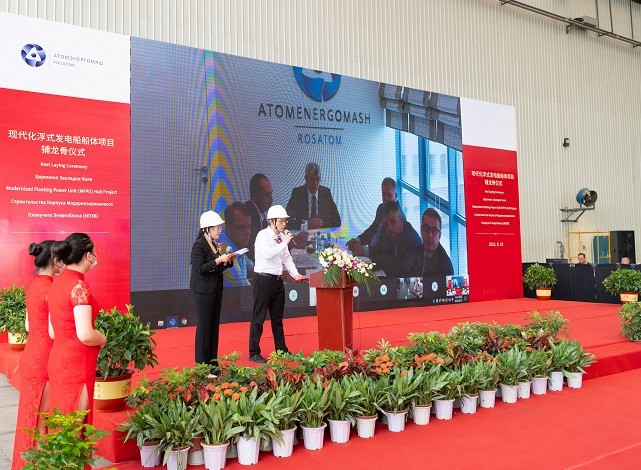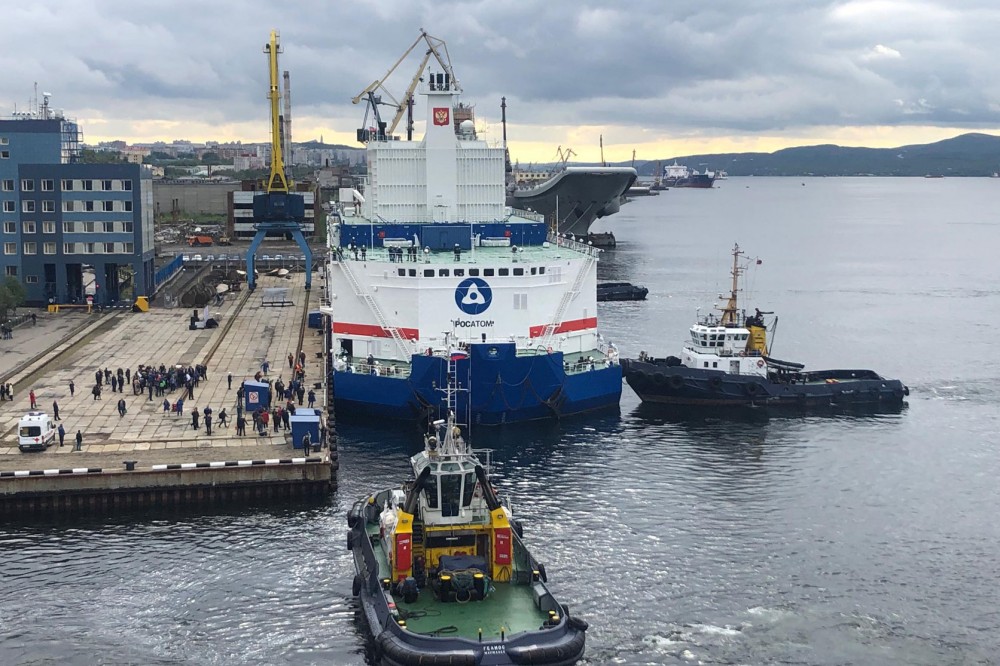Rod Olstad , Robert Wilde -
The recent committee discussion on a city cosmetic pesticide ban was dumbfounding. Besides Councillors Michael Janz and Jo-Anne Wright, few councillors seemed to understand or even care about the issue.

Workers spray the weeds along Fox Drive in Edmonton, June 4, 2021.
Anyone with an interest in public health or the climate crisis should care. Pesticides are linked to serious diseases, from cancer to endocrine disorders to Parkinson’s disease. As the scientific research shows, their risk is particularly acute for children. Pesticides also negatively impact pollinators and other insects, birds, and soil organisms needed for carbon sequestration.
Pesticide regulation in Canada is full of gaps. Audits of the Pesticide Management Regulatory Agency (PMRA) have turned up serious flaws. A 2016 audit, for example, found PMRA-approved chemicals that Health Canada said posed an unacceptable risk to human and environmental health.
Likewise, a recent audit found that Alberta Environment “did not have adequate processes to minimize the risk of inappropriate pesticide use in Alberta.” Because of such gaps, more than 180 cities across Canada — including Vancouver, Montreal, Toronto, and Halifax — have implemented cosmetic (non-essential) pesticide bans on public and private property. Many of these bans have been in place for two decades. A cosmetic pesticide ban is not extreme; it is the basic standard to protect people and nature.
In 2015, the city instituted a partial pesticide ban on a small percentage of public land. The idea was the city would model pesticide reduction and educate citizens on alternatives as a step toward a full ban. City administration promised to consult with the Canadian Association of Physicians for the Environment and the Children’s Paediatric Environmental Health Unit to revamp their policies.
None of this occurred. City administration never reached out to CAPE or CPEHU. City reports show that the use of many pesticides has increased. Edmonton was the last city in Canada to still use chlorpyrifos, a neurotoxin now banned by Health Canada. The city was taken to court and fined $165,000 for using an illegal herbicide. A city audit found many problems with the city’s pesticide policies. And rather than public education, misinformation has been consistently spread, including in the recent committee meeting, when administration stated that cities cannot ban pesticide sales — a statement since repeated by Coun. Tim Cartmell — when Montreal has done just that.
Part of the problem is the pesticide industry’s powerful lobby. The city’s pest management advisory committee was, until recently, chaired by a retired employee of Crop Life, the trade association for the global pesticide industry, and many other members have industry ties.
In April 2022, city council voted 12-1 for a report on steps to outline a cosmetic pesticide ban in 2023. It seemed Edmonton was finally on the right path. However, the pesticide industry lobby then ramped up with a half-page newspaper ad and postcards dropped off in mailboxes. Meanwhile, city administration’s subsequent report listed a nearly half-million-dollar price tag for research on the subject that has already been done — both by the over 180 Canadian cities with cosmetic pesticide bans in place, and in the case of surveys, by our city itself. A 2019 survey indicated that Edmontonians overwhelmingly care about the threat of pesticides to pollinators, people, and aquatic environments.
Rather than returning the report to administration, as Janz and Wright recommended, most other councillors buckled and repeated industry arguments. The discussion focused on the ridiculous suggestion that city boulevards look terrible because they are not sprayed with pesticides. Vancouver, Montreal, Toronto, and Halifax are all beautiful and they banned pesticides years ago.
This is not a political issue; it is about public health. Most Canadians are protected from pesticide drift; we in Edmonton have been deprived of this right. As our children walk to school, they are subjected to toxic chemicals from sticky, smelly, pesticide-drenched lawns. As we recreate in the river valley, we, and the wildlife who live there, inhale pesticides from golf courses. As we work in backyard and community gardens, we and the bees who pollinate the gardens are exposed to drift from neighbours who douse their yards in Roundup.
Until more councillors listen to the science, our city remains decades behind the rest of the country.
Rod Olstad is with the Council of Canadians Edmonton Chapter.
Robert Wilde is with Pesticide Free Edmonton.

